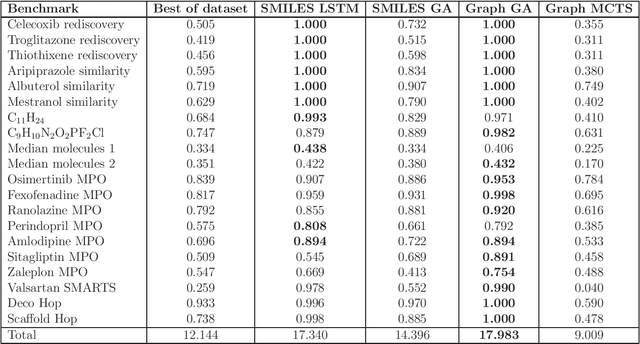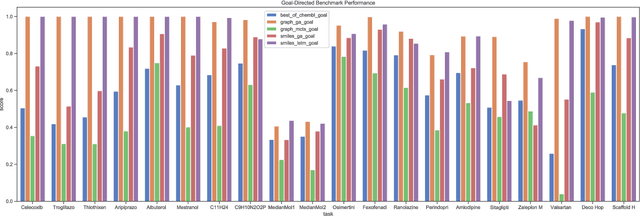Nathan Brown
BOTS-LM: Training Large Language Models for Setswana
Aug 05, 2024Abstract:In this work we present BOTS-LM, a series of bilingual language models proficient in both Setswana and English. Leveraging recent advancements in data availability and efficient fine-tuning, BOTS-LM achieves performance similar to models significantly larger than itself while maintaining computational efficiency. Our initial release features an 8 billion parameter generative large language model, with upcoming 0.5 billion and 1 billion parameter large language models and a 278 million parameter encoder-only model soon to be released. We find the 8 billion parameter model significantly outperforms Llama-3-70B and Aya 23 on English-Setswana translation tasks, approaching the performance of dedicated machine translation models, while approaching 70B parameter performance on Setswana reasoning as measured by a machine translated subset of the MMLU benchmark. To accompany the BOTS-LM series of language models, we release the largest Setswana web dataset, SetsText, totalling over 267 million tokens. In addition, we release the largest machine translated Setswana dataset, the first and largest synthetic Setswana dataset, training and evaluation code, training logs, and MMLU-tsn, a machine translated subset of MMLU.
Efficient Transformer Knowledge Distillation: A Performance Review
Nov 22, 2023Abstract:As pretrained transformer language models continue to achieve state-of-the-art performance, the Natural Language Processing community has pushed for advances in model compression and efficient attention mechanisms to address high computational requirements and limited input sequence length. Despite these separate efforts, no investigation has been done into the intersection of these two fields. In this work, we provide an evaluation of model compression via knowledge distillation on efficient attention transformers. We provide cost-performance trade-offs for the compression of state-of-the-art efficient attention architectures and the gains made in performance in comparison to their full attention counterparts. Furthermore, we introduce a new long-context Named Entity Recognition dataset, GONERD, to train and test the performance of NER models on long sequences. We find that distilled efficient attention transformers can preserve a significant amount of original model performance, preserving up to 98.6% across short-context tasks (GLUE, SQUAD, CoNLL-2003), up to 94.6% across long-context Question-and-Answering tasks (HotpotQA, TriviaQA), and up to 98.8% on long-context Named Entity Recognition (GONERD), while decreasing inference times by up to 57.8%. We find that, for most models on most tasks, performing knowledge distillation is an effective method to yield high-performing efficient attention models with low costs.
GuacaMol: Benchmarking Models for De Novo Molecular Design
Nov 22, 2018



Abstract:De novo design seeks to generate molecules with required property profiles by virtual design-make-test cycles. With the emergence of deep learning and neural generative models in many application areas, models for molecular design based on neural networks appeared recently and show promising results. However, the new models have not been profiled on consistent tasks, and comparative studies to well-established algorithms have only seldom been performed. To standardize the assessment of both classical and neural models for de novo molecular design, we propose an evaluation framework, GuacaMol, based on a suite of standardized benchmarks. The benchmark tasks encompass measuring the fidelity of the models to reproduce the property distribution of the training sets, the ability to generate novel molecules, the exploration and exploitation of chemical space, and a variety of single and multi-objective optimization tasks. The benchmarking framework is available as an open-source Python package.
 Add to Chrome
Add to Chrome Add to Firefox
Add to Firefox Add to Edge
Add to Edge